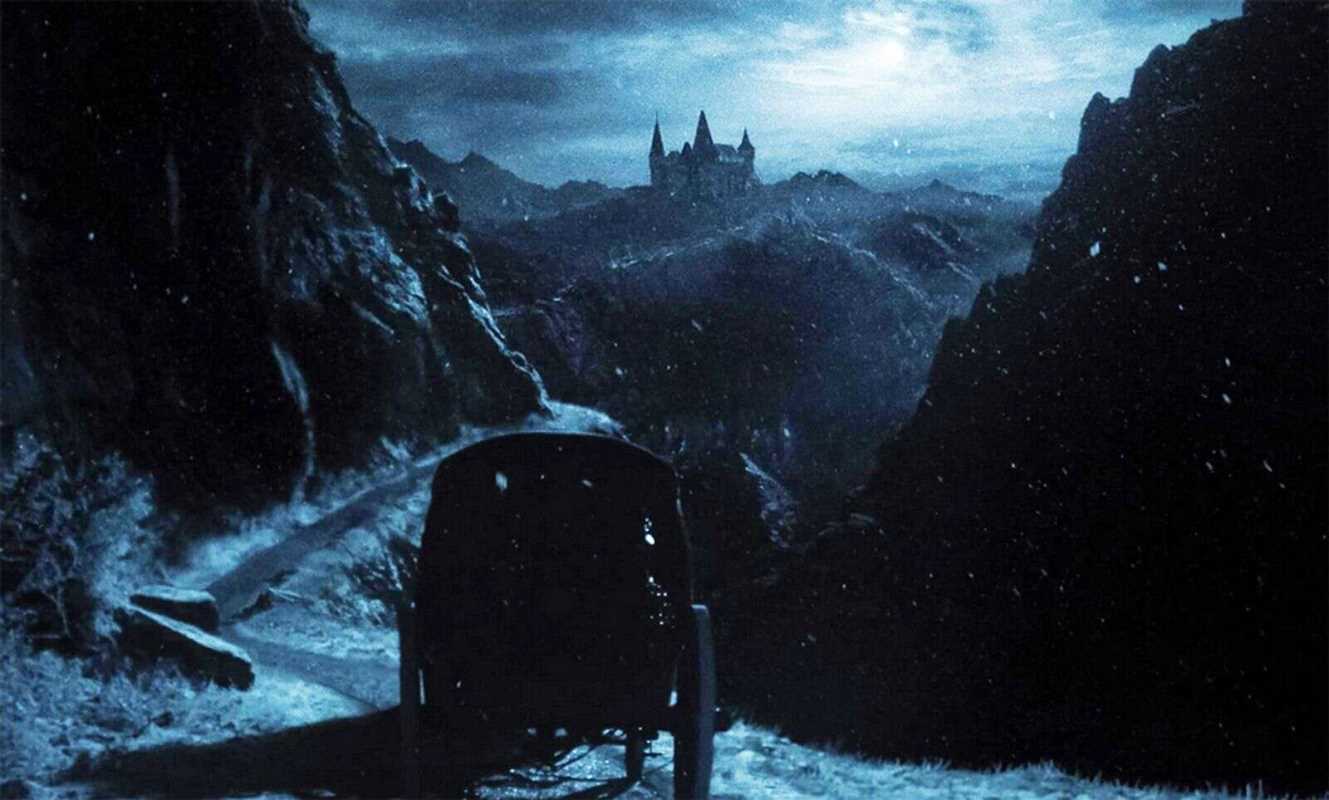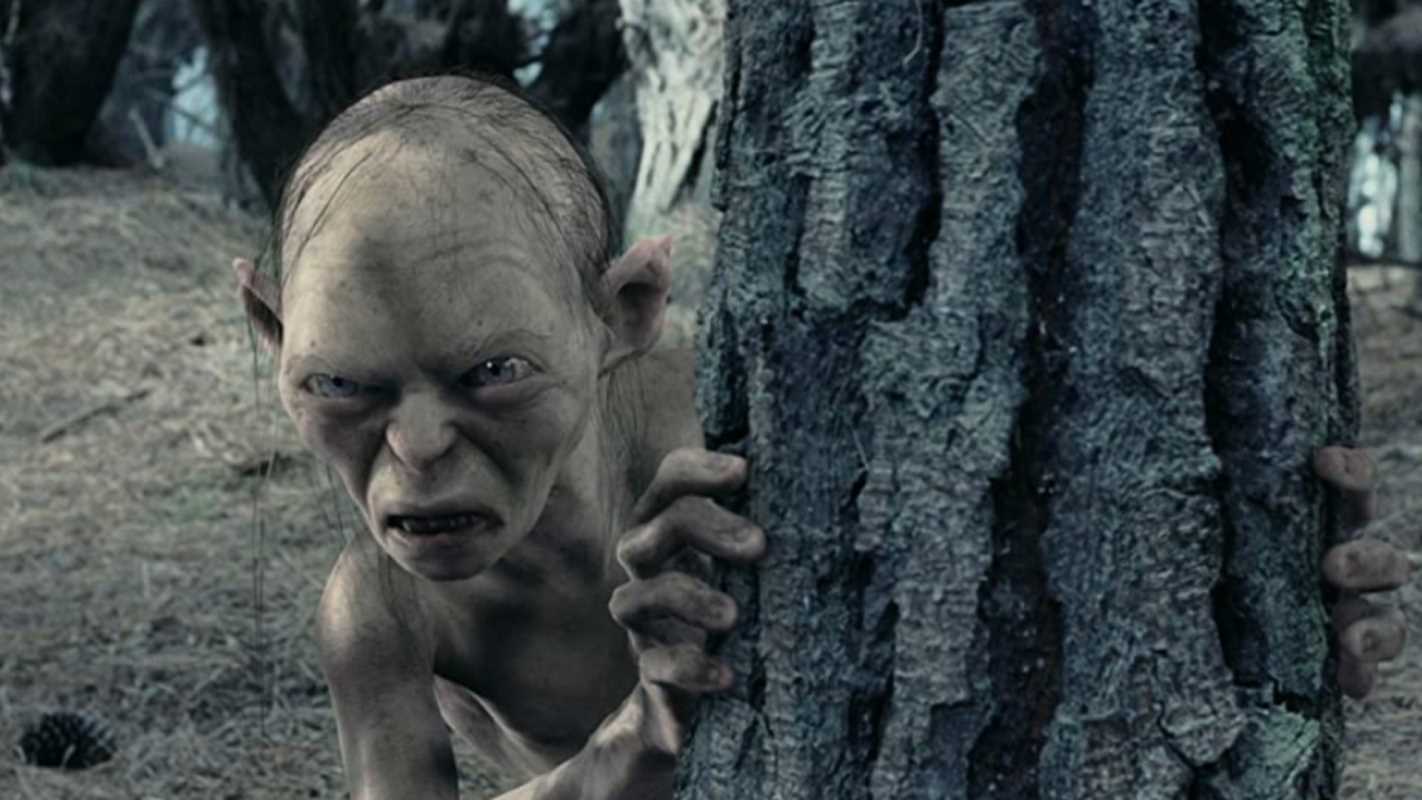In the discipline of filmmaking, the musical score functions as a primary and indispensable component of the narrative experience. It is a sophisticated auditory language capable of conveying emotion, establishing atmosphere, and defining character in ways that dialogue and visuals alone cannot. An effective score transcends its role as mere background music to become an integral part of the film's identity and a lasting cultural artifact. A formal analysis of several of cinema's most significant scores provides a clear understanding of their narrative function and enduring influence. This examination will detail the methodologies and impact of the scores for Star Wars, The Lion King, The Good, the Bad and the Ugly, The Lord of the Rings, and Gone with the Wind.
The Foundational Function of the Film Score
The film score, a collaborative effort between the composer and the director, is designed to support and elevate the narrative. It operates on a subliminal level, guiding the audience's emotional response to the on-screen action. Through the use of melody, harmony, rhythm, and instrumentation, a composer can generate tension, signal danger, evoke romance, or inspire heroism. A particularly effective technique is the use of the leitmotif, a recurring musical theme associated with a specific character, location, or idea. This device provides auditory cues that reinforce thematic elements and enrich the storytelling.
Epic Scores: Defining Worlds and Elevating Narratives
Epic film scores are distinguished by their sweeping orchestration, bold thematic material, and lasting cultural impact. Composers like John Williams (Star Wars), Howard Shore (The Lord of the Rings), Ennio Morricone (The Good, the Bad and the Ugly), Max Steiner (Gone with the Wind), and Hans Zimmer (The Lion King) have created musical landscapes that both reinforce narrative arcs and establish enduring emotional bonds with audiences. These scores do more than accompany visuals; they shape the identity of entire films—signaling heroism with triumphant brass, worlds with instantly recognizable melodies, and emotion with powerful leitmotifs that persist long after the credits roll.
Nuanced Scores: Subtlety and Undercurrents
Not all scores seek to overwhelm; many exert their influence through understatement and restraint. Nuanced scores frequently employ minimalist techniques, delicate instrumentation, and carefully chosen motifs to convey psychological depth or ambiguity. For example, Carter Burwell’s music for Carol uses gentle piano and restrained strings to suggest the suppressed longing and subtle emotional exchanges that define the film’s central relationship. In Sofia Coppola’s Lost in Translation, Kevin Shields and Brian Reitzell construct an ambient, introspective soundscape that heightens the sense of drifting alienation and unspoken connection. Alexandre Desplat’s score for The Shape of Water blends ethereal melodies with unconventional instrumentation—such as glass harmonica and accordion—to mirror the film’s sense of wonder and delicacy. In these cases, music becomes an undercurrent, shaping tone and mood without drawing overt attention to itself, allowing the narrative’s complexities to resonate with greater authenticity.
Tension-Building Scores: Heightening Suspense
Scores that build tension are integral to the psychological architecture of suspenseful cinema. Instead of resolving musical ideas, these compositions employ repetitive motifs, dissonance, and evolving textures to keep audiences unsettled. Bernard Herrmann’s shrieking strings for Psycho remain one of the most recognizable examples, transforming an ordinary shower scene into a moment of unprecedented terror. Hans Zimmer’s use of the Shepard tone in Dunkirk creates the sonic illusion of eternally rising tension, mirroring the unrelenting urgency of the film’s narrative pace. Similarly, Trent Reznor and Atticus Ross’s score for The Social Network employs pulsing electronics and minimalist rhythms to maintain a sense of restlessness and unease beneath the unfolding drama. In Jaws, John Williams’ relentless ostinato—a simple two-note motif—signals the hidden presence of danger, making silence as frightening as music itself. Through these deliberate techniques, tension-building scores escalate psychological engagement, amplifying suspense and sharpening the audience’s emotional reaction.
Emotionally Evocative Scores: Amplifying Feeling
Some film scores are engineered specifically to amplify emotional resonance, foregrounding feeling throughout pivotal moments. James Horner’s orchestration for Titanic employs lush strings and pipes to evoke both intimacy and grandeur, underpinning the tragic arc of the central romance. In Schindler’s List, John Williams’ plaintive solo violin, performed by Itzhak Perlman, articulates grief and hope with extraordinary clarity, providing a direct conduit for empathy. Rachel Portman’s evocative work for The Cider House Rules and Chocolat employs warm, cyclical motifs and gentle harmonies to cultivate a sense of nostalgia and compassion. Thomas Newman, in films like American Beauty and The Shawshank Redemption, layers delicate percussion, piano, and subtle electronics to draw the audience into the emotional core of the narrative. These scores are carefully constructed to accompany, reflect, and often heighten the internal states of characters, ensuring the emotional stakes remain vivid and immediate.
Films Noticeably Absent of a Score: The Power of Silence
While music is a potent narrative tool, some filmmakers elect to forgo a traditional score entirely, relying instead on silence or diegetic sound. This absence can intensify realism, draw attention to environmental detail, or create a sense of discomfort or intimacy. Alfred Hitchcock’s The Birds famously contains no musical score; instead, he used electronic sound effects to replicate and distort natural birdcalls, amplifying anxiety and unpredictability. In No Country for Old Men, the Coen Brothers and sound designer Skip Lievsay omitted a conventional score, choosing instead to immerse the audience in the natural sounds of the West Texas landscape. The lack of music amplifies the cold, implacable nature of the antagonist and the randomness of violence. Similarly, Steve McQueen’s Hunger uses silence and ambient noise to heighten the severity and realism of prison life, making the audience partners in the characters’ isolation. In each instance, the absence of a traditional score is a deliberate choice, shifting focus to dialogue, environment, or internal monologue, and demonstrating that silence itself can be among the most powerful musical statements in cinema.
 (Image source: Miramax Films)
(Image source: Miramax Films) 





